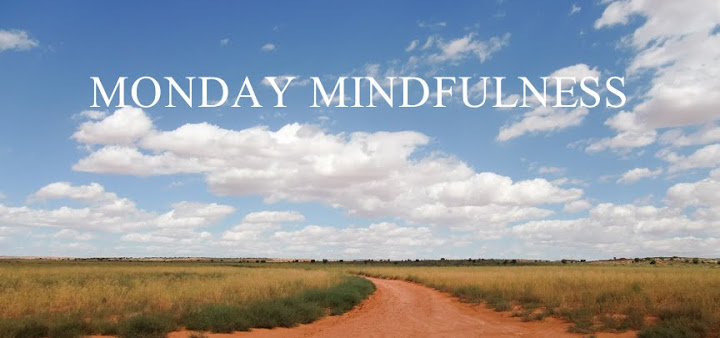After last week’s discussion on the nature of thoughts and
how they condition our moods, our emotions and our actions, I serendipitously came across this poem. It’s so funny how the right piece of wisdom can pop up
just when we need it.
The mind is ever a tourist
Wanting to touch and buy
New things then throw them
Into an already full closet.
Hafiz
Does your mind ever feel like an already full closet? Mine
does. And sometimes it feels like it’s full of clothes that don’t fit, worn out
shoes, and piled up dust-covered junk on the top shelf that hasn’t moved in
years. That’s how it feels when my mind is trying to accommodate way too much,
with its insatiable propensity to think about, dream about, and figure out
about.
And that’s the nature of the mind. It makes thoughts.
Sometimes these thoughts fit and serve us well, sometimes it’s just clutter, and
sometimes it’s like taking stuff out of the garbage that’s already been
thoroughly processed and does not need to be recycled yet again.
I’m very grateful for meditation practice. It calms, sorts
through, and clarifies my mind. Here’s a practice you might try when your mind
feels too full and it’s hard to see one clear thought through to the next.
Wherever you are take a breath. Whether you’re in the car, in
the line at the grocery store, on the phone with customer service because your
flight’s just been cancelled, or sitting on your meditation cushion, take a
breath. Really notice the in-breath and the out-breath; its length, its depth,
let the breath be felt.
At the end of the out-breath get a sense of your feet,
especially the bottoms of your feet. If you’re standing or sitting in a chair,
see if you can feel them on the ground. If you’re sitting on your cushion, just
get a sense of the soles of your feet. Imagine breathing in and out of your
feet for the next minute.
You’ll notice that if you really stick with the breath, it
instantly changes the mind’s focus and cuts whatever storyline it had going.
The mind will not advance two storylines simultaneously. I find that
re-directing the mind from the thought clutter to one simple palpable focus
calms everything and lets me see more clearly.
Once I’ve settled, I like using an image of the full moon
over the ocean at night resting on the horizon. I imagine standing on the beach
while the moonlight shines towards me across the water. It reminds me of this
poem.
Let my doing nothing
When I have nothing to do
Become untroubled in its depth
Of peace like the evening
In the seashore when the
Water is silent
Rabindranath
Tagore

